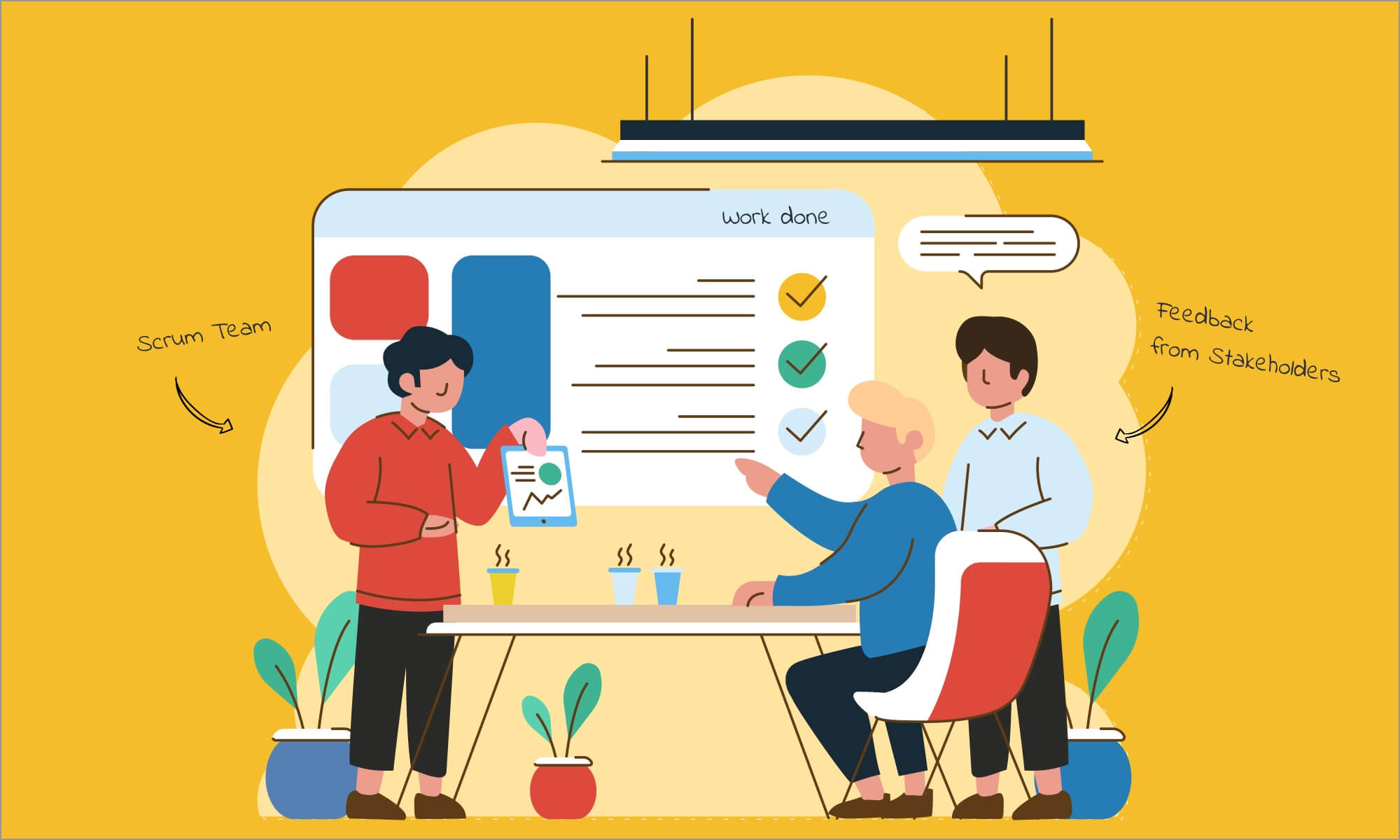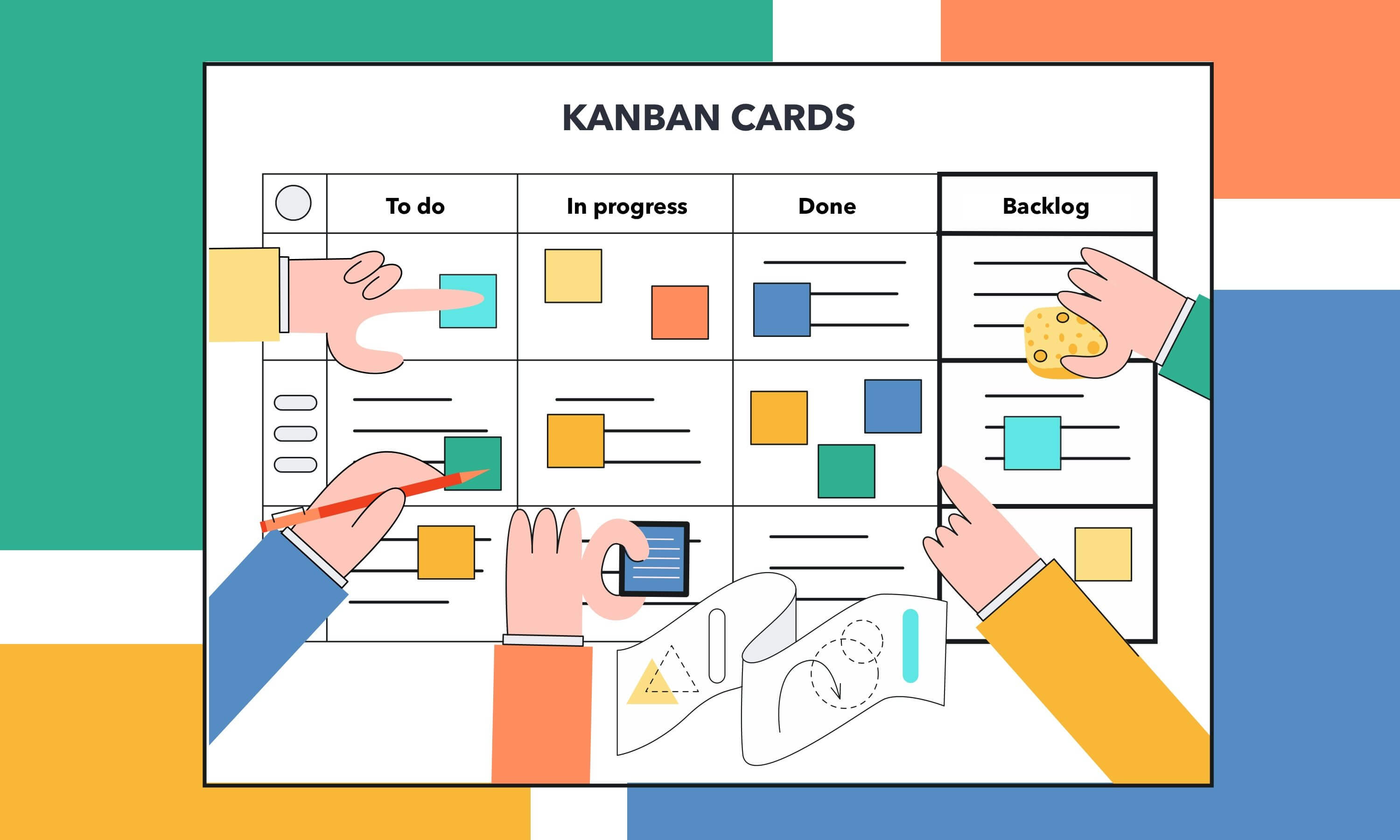Agility vs Agile: The Most Common Mistake in Agile Adoption

In the recent years, the agile development has increased its popularity. First, it appeared in the software engineering, but it disseminated to other fields as well. This methodology is important for managing of different project types, so we are exposing some must-know agile practices.
The adoption of the Agile methodology in the organisations could be difficult in some cases. On the market, there are many available development practices and project management practices, but the agile approach promises a fast and efficient way for product delivery with fewer obstructions and impediments on the way.
To adopt the agile method does not mean just to practice its tools and artefacts; it means that you should change your team behaviour and the way of thinking. Of course, there are well-established tools and frameworks such as Scrum, Kanban, XP, etc. – all they could enable you to become agile, but you will also need to change your management approach.
Agility is not just a tool you could apply — it is a character or behaviour that you possess, or that you don’t.
There are many organisations that have started an agile way of operation, and started applying its processes and tools into their environment before they’ve actually realised the importance of Agility over Agile. There are situations when the management insists that the company needs its teams to be Agile, but without realising the impacts of agility for the company as a whole. Such a situation will lead the management process in the wrong direction since they’re pushing ahead the Agile practices, instead of the real agility.
In the agile approach, the software is developed in time-boxed units, which are usually from 1 to 4 weeks; they are called iterations. Each iteration is a complete software project, including requirements, design, coding, testing and documentation. It requires that product managers should elaborate and define a complete set of use cases that the product could possibly cover.
- The sales department should stop relying on feature delivery and focus on delivering value.
- The marketing department should change its approach from one-time product marketing to strategic and collaborative marketing.
- The development team should thrive to become real problem-solvers, not just ordinary non-creative coders.
In order to have a real success of your Agile process, you should accept all above changes. Your agile iterations will not be efficient if your sales department needs a year-long cycle to make contracts with the clients.
The most important role in the ‘agile’ organisation should be the product manager. He will be the leader of change in your organisation, making it possible the agile approach. The product manager should manage the backlog, communicate with stakeholders, inform the other groups in the organisation so that they fully understand the importance of being agile and using agile processes.
The product manager will have the key role since he will motivate the team members to be more agile, from inception to the project closure. He should always know what is in – for the company’s members, and of course, for the customer.
When you will adopt the agile approach, you will be able to focus on what’s needed now and in the near future, ensuring that you’re delivering what’s actually valuable to your clients and customers, not just forecasting what will be needed in the far future.
At the simplest, to be agile means to enforce the change of your habits – it will bring changes to your personality, to the department, and the organisation. And finally, the human aspect of the agile methodology is also important – without training people you will fail in all attempts to become truly agile.
Here we present some tips on how to adopt the agile method smoothly:
- Involve the customer – the agile approach needs an involvement of the client. When the client is actively involved in contributing ideas, features and functionality to the application, he is more likely to approve the result.
- Define minimum viable product release – in this approach, your project team offers a minimal list of developed features to the client as soon as possible.
- Test-driven development – the first type is functional test specified by the client and carried out by the project team and users. Other types of tests are the unit tests that are written and executed by the development team.
- React quickly – in the agile development, programmers often commute their code several times a day, asking frequent builds of it, additional configuration and testing environments.



